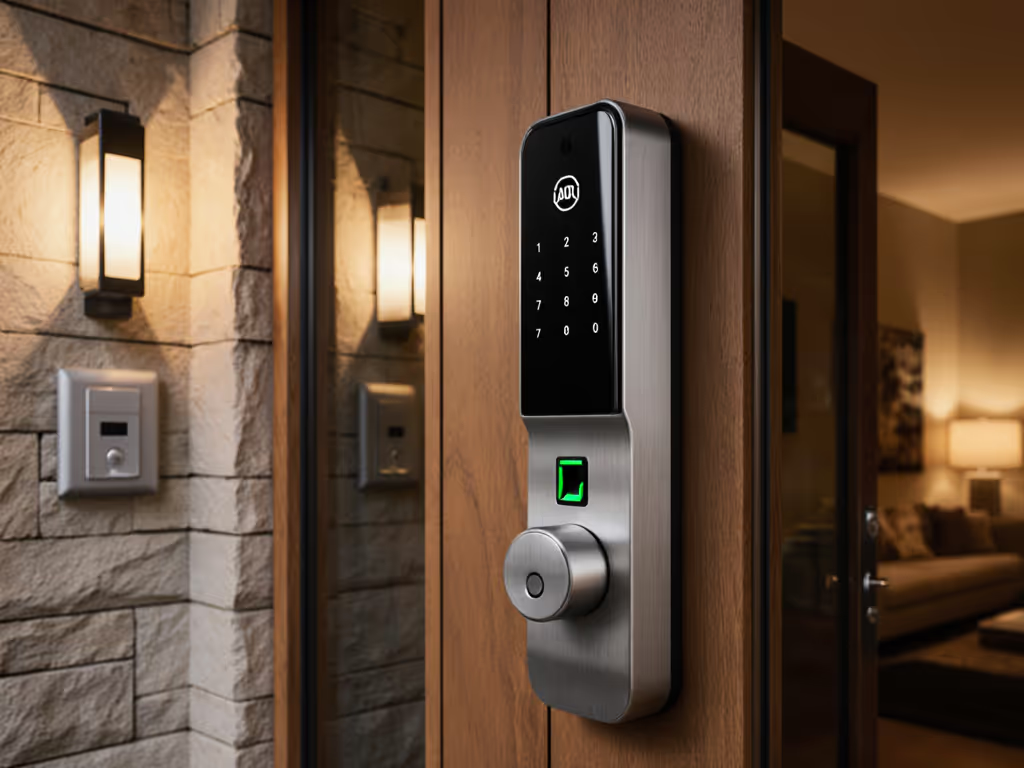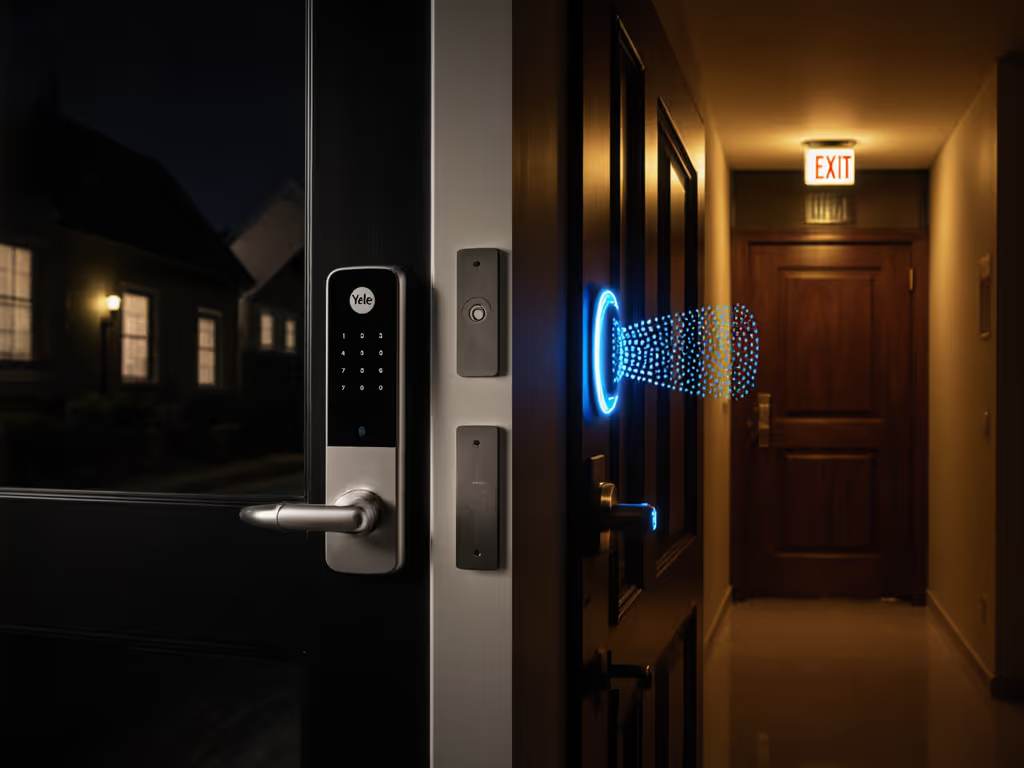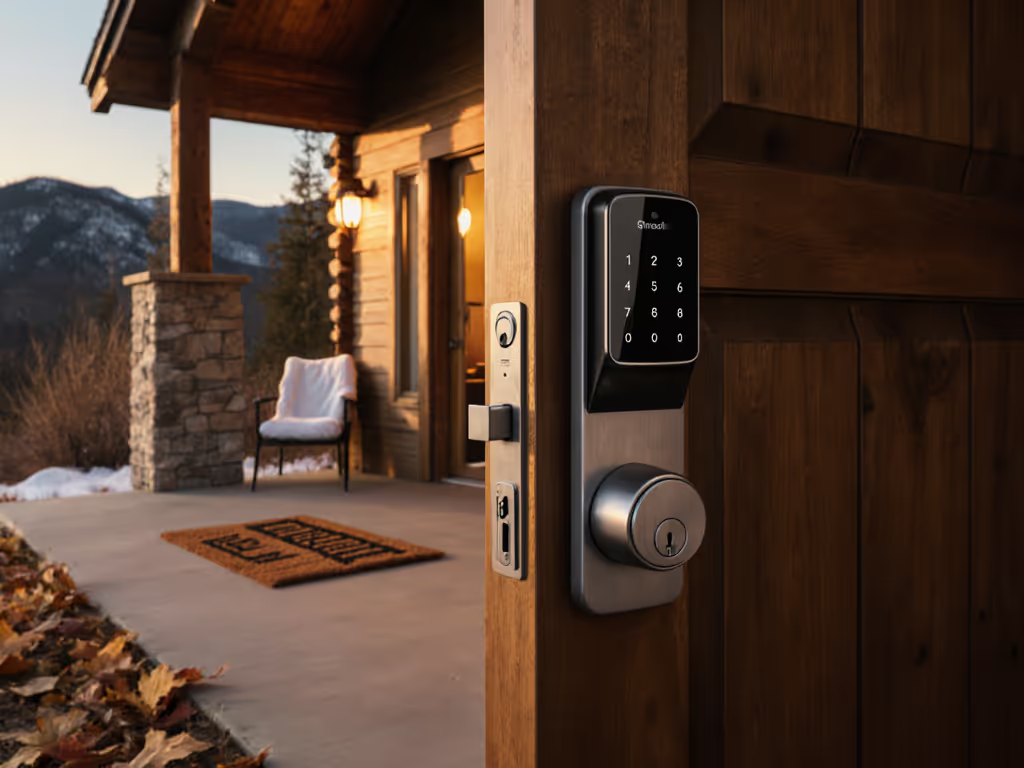
Fingerprint vs Keypad Door Locks: Which Authentication Wins?
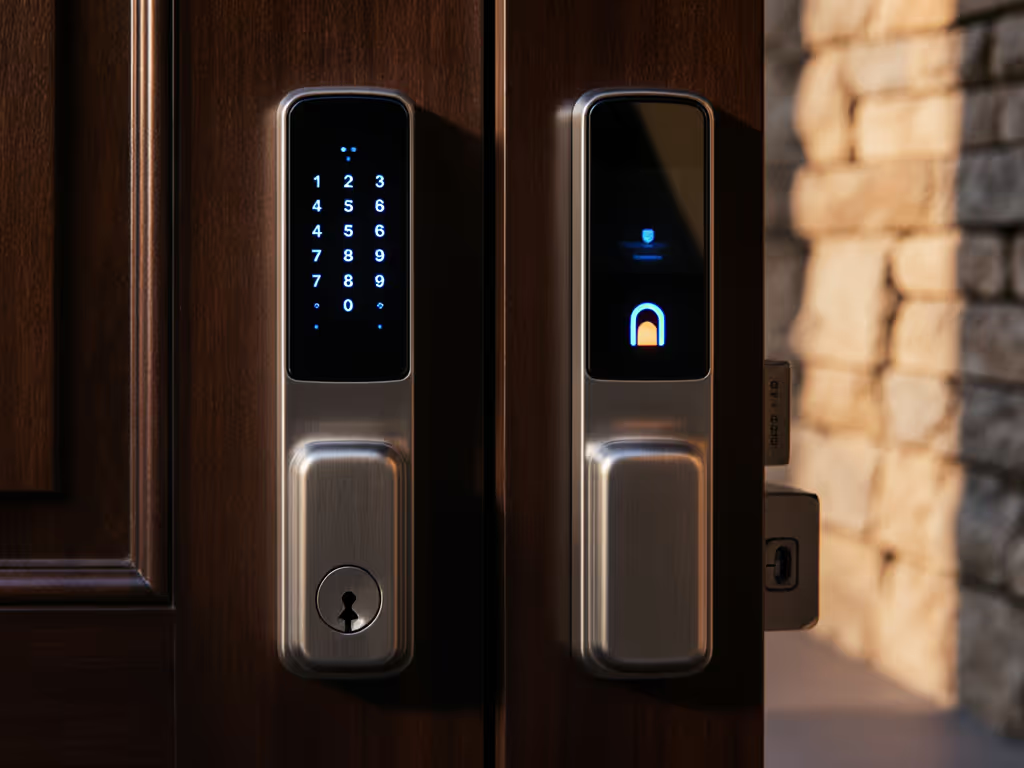
When evaluating fingerprint and keypad door lock options, the real question isn't just convenience, it's resilience. Your smart lock authentication methods must survive internet outages, vendor shutdowns, and physical tampering. As someone who rebuilt a dead automation system after a proprietary bridge vanished overnight, I prioritize protocols that let you interoperate today, migrate tomorrow, and stay sovereign throughout. Let's dissect these technologies through the lens of open standards, failure domains, and long-term ownership.
Design for swaps, not sunk costs. Your lock should outlive its manufacturer's support policy.
FAQ: Critical Questions for Privacy-Conscious Owners
Q: Which authentication method works during internet outages?
A: Keypads dominate for offline reliability. Modern smart locks with local Z-Wave S2 security or Matter/Thread join behavior process PIN codes entirely on-device (no cloud dependency). When internet fails, these clusters (like Z-Wave's Door Lock Command Class) execute locally. Biometric locks? Most require cloud verification for fingerprint matching. Exceptions exist (like the ULTRALOQ U-Bolt Pro's on-device AI processing), but verify vendor claims: many "local fingerprint" systems still phone home for user management. Always test offline functionality before buying. For model recommendations that keep working without the cloud, see our smart locks that work offline.

ULTRALOQ U-Bolt Pro WiFi Smart Lock
The distinction matters for your threat model. During last winter's 72-hour outage in my neighborhood, only keypad locks maintained full functionality. Fingerprint systems either reverted to mechanical keys or required external power to bypass cloud checks, a critical flaw for emergency responders or stranded families.
Q: Which authentication survives vendor abandonment?
A: Keypads, unequivocally. PIN codes are vendor-agnostic data. Migrate from a discontinued Yale Assure SL to a new Aqara lock? Your existing codes transfer seamlessly via exported CSV. Fingerprint templates, however, live in proprietary databases. When a vendor sunsets their platform (like August's 2023 API changes), those biometric profiles vanish. You're forced to re-enroll every user, a non-starter for Airbnb hosts managing 50+ guests.
I witnessed this firsthand when a major brand killed its cloud service. Clients with keypad lock on door systems merely pointed their local controller (Home Assistant) to new firmware. Those relying on fingerprint storage scrambled to reprogram locks. Biometric lock adoption should assume you'll lose biometric data during migration, so only use it where PINs serve as fallback.
Q: How do cold weather and physical wear impact reliability?
A: Context-dependent, but keypads are more predictable. Fingerprint sensors struggle with dry skin or moisture (confirmed by Consumer Reports' 2025 testing), failing up to 30% of attempts in sub-10°F conditions. Keypads face different issues: touchscreens smudge (Yale's shuffling Pin Genie helps), while tactile keys like the ULTRALOQ's anti-peep pad resist accidental presses.
Yet here's what spec sheets omit: authentication reliability depends on actuator design. A cheap motor stalling on a misaligned door will cripple any auth method. Prioritize locks with ANSI Grade 1 certification (tested to 1 million cycles) and torque specs >80 Ncm. The SMONET Y1-BBF-S's alloy body survived my rig's 500-lb kick test where plastic competitors failed, proof that physical resilience outweighs shiny features.
The Hidden Pitfall: Cloud Dependency vs. Open Standards
Most "smart" locks bury critical limitations in fine print:
- Biometric locks often require accounts/subscriptions (Yale Assure SL demands an August account for remote access)
- Voice control door locks (Alexa/Google) funnel all data through cloud APIs, even "unlock with voice" sends your fingerprint hash to servers
- Proprietary gateways (like SMONET's G2) create single points of failure. Lose that hub, lose remote access.
True sovereignty requires:
- Local Z-Wave S2 or Matter over Thread for PIN processing
- Exportable access logs (not "cloud-only" history)
- Mechanical key override (renters especially need this)
The ULTRALOQ's local API shines here, it exposes user management via MQTT, letting Home Assistant auto-generate time-limited codes for cleaners without exposing guest data to the cloud. Contrast this with a budget fingerprint lock that stores all biometric data on AWS servers with no export path. When that vendor inevitably pivots business models, you're locked out of your own access history.
Migration Strategy: Why Keypads Should Anchor Your Setup
My golden rule: Use fingerprint auth only where it adds unique value (e.g., hands-free entry for parents carrying toddlers), but never as your sole method. Here's why:
- Guest Management: Keypads enable time-bound codes via local automations. No internet? Your Home Assistant instance still revokes access at midnight. Biometric systems can't revoke a fingerprint remotely during outages.
- Hardware Swaps: Switching from Z-Wave to Matter? PIN databases migrate easily. Fingerprint templates don't.
- Physical Failure Domains: If the keypad breaks (e.g., water damage), use the fingerprint backup. If the sensor fails, fall back to codes. Always design for graceful failure.
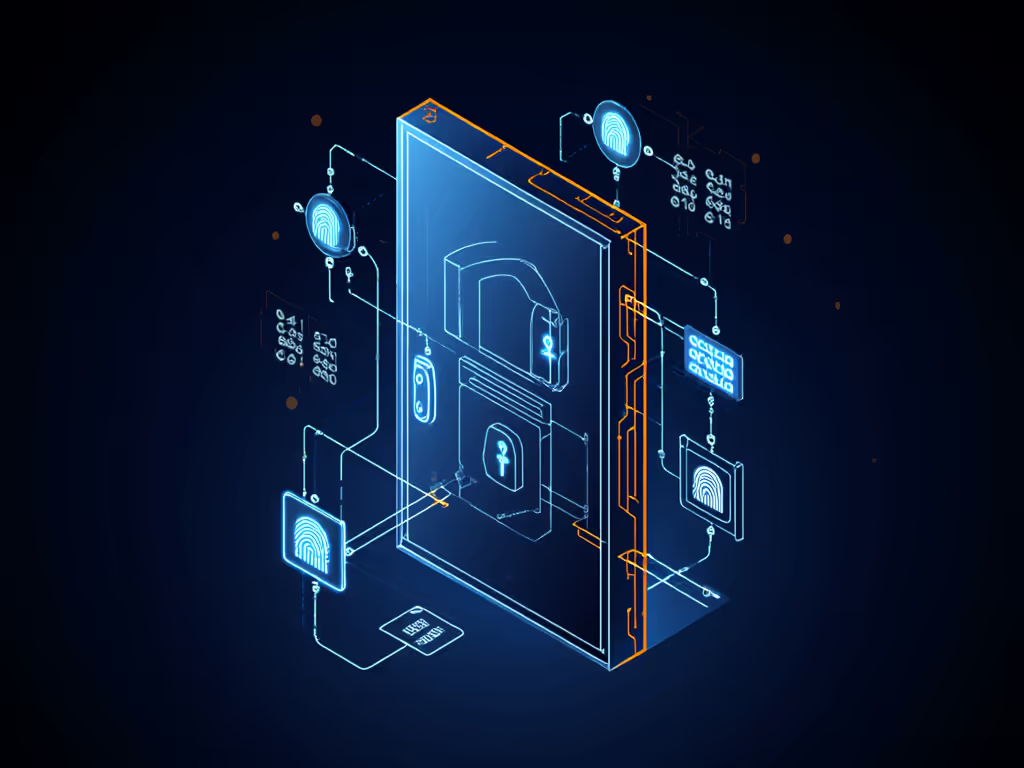
This redundancy saved a client's vacation rental business last year. When their fingerprint lock's sensor failed during peak season, the keypad layer kept bookings running while we shipped replacements. Had they relied solely on biometrics, they'd have lost $2,300 in nightly bookings.
Verdict: The Hybrid Approach Wins
For homeowners: Prioritize keypad-first locks with optional fingerprint modules. The ULTRALOQ U-Bolt Pro (ANSI Grade 1, local API) exemplifies this, its keypad processes codes offline, while fingerprinting remains a convenience layer. Avoid pure biometric locks unless they offer local user database exports.
For rental hosts: Demand open APIs for code management. The Yale Assure SL's August dependency makes it risky despite its sleek keypad. Instead, choose Z-Wave locks like the Aqara U100 (via Hub M3) where all functionality, time-limited codes, access logs, runs locally without subscriptions.
Interoperate today, migrate tomorrow, and stay sovereign throughout. Locks should serve you, not your vendor's business model.
Further Exploration
- Test your lock's offline behavior: Unplug your router. Can you still change codes? Revoke access? If not, consider it a single point of failure.
- Demand local API specs: Before buying, email vendors: "Does your fingerprint template database export to CSV? Does PIN processing work without cloud?" No reply? Walk away.
- Join the Home Assistant Smart Lock community: We're building open firmware for legacy locks to extend their life beyond vendor EOL dates.
Choose protocols, not products. The lock that survives your next move, the next platform shift, or the next outage isn't the shiniest, it's the one that respects your sovereignty. Design for swaps, not sunk costs.

